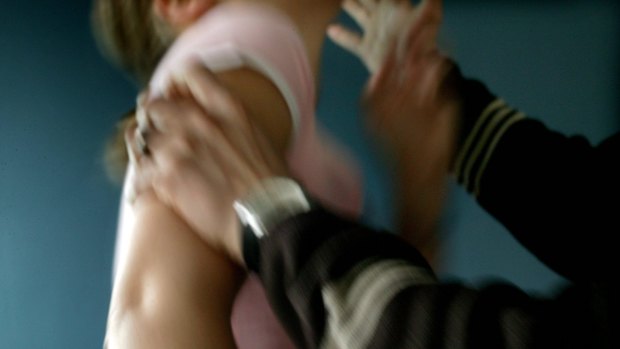By Timna Jacks and Henrietta Cook
Secret details of disabled students being grabbed by the wrists, pushed to the floor and locked inside rooms will soon be made public.
In a bid to crack down on the controversial use of restraint and seclusion in schools, the Victorian Education Department has vowed to start releasing data on the number of times the practices are used.

Two brothers have been charged with rape and aggravated robbery offences over two attacks on sex workers in the ACT. Credit: Gabriele Charotte
And for the first time, it has acknowledged that these methods can have "serious consequences including injury or death".
Restraint involves using a strap, harness, or physical force to control a students' behaviour, while seclusion involves confining students to a space, like in a pen or small room.
Fairfax Media has obtained data which reveals that students are being restrained or secluded more than three times a day.
Between October 2015 and the end of March this year, the controversial practices were used on students 984 times during the school year.
The revised guidelines, which are based on US Education Department policy, also reveal that the Victorian Department will review who is being restrained, the types of restraints used, and why it was used.
Some of this data will be made public, but will not include personal details.
"All instances of restraint [and seclusion] need to be viewed through a human rights lens," the guidelines state.
"There is no evidence that using restraint or seclusion is effective in reducing the occurrence of problem behaviours."
The department's assistant deputy secretary for schools David Howes said: "The release of these materials shows our commitment to reducing the use of restraint and seclusion in Victorian government schools."
But disability advocate Julie Phillips said she was disappointed that seclusion was not prohibited, and believed the policy should have been stricter.
She supported the move to lift the lid on the practices.
"The public has the right to know what sort of violent measures are being used against students in schools."
Parents have previously complained that they have been left in the dark about their children's treatment.
Some have been forced to request incident reports through Freedom of Information.
Children and Young People with Disability Australia chief executive Stephanie Gotlib said the new guidelines had too many "escape clauses" which could be used by schools to justify the "unacceptable" practices.
But Australian Association of Special Education Victorian branch president Helen Hatherley said the guidelines provided schools with clarity.
She said they went into great detail about how to prevent the use of restraint and seclusion through positive behaviour support, behaviour assessments and planning.
"As a principal and a special education teacher you always want to know that you're doing the right thing," she said.
"These guidelines will make it very clear about how challenging situations are managed and how students and staff are supported."
Mornington Special Developmental School principal David Newport congratulated the Department on the new guidelines.
"These principles will make us more accountable and there is nothing wrong with that," he said.
Under the new rules, teachers must monitor a student's breathing if they are restrained.
They warn that: "breathing can also be restricted if loose clothing becomes entangled or tightened or if the student's face is covered by a staff member's body part (e.g. hand, arm or torso) or through pressure to the abdomen or chest."
Restraints must be a last resort in an emergency, and used only when the student poses an imminent threat of physical harm or danger to themselves or others.